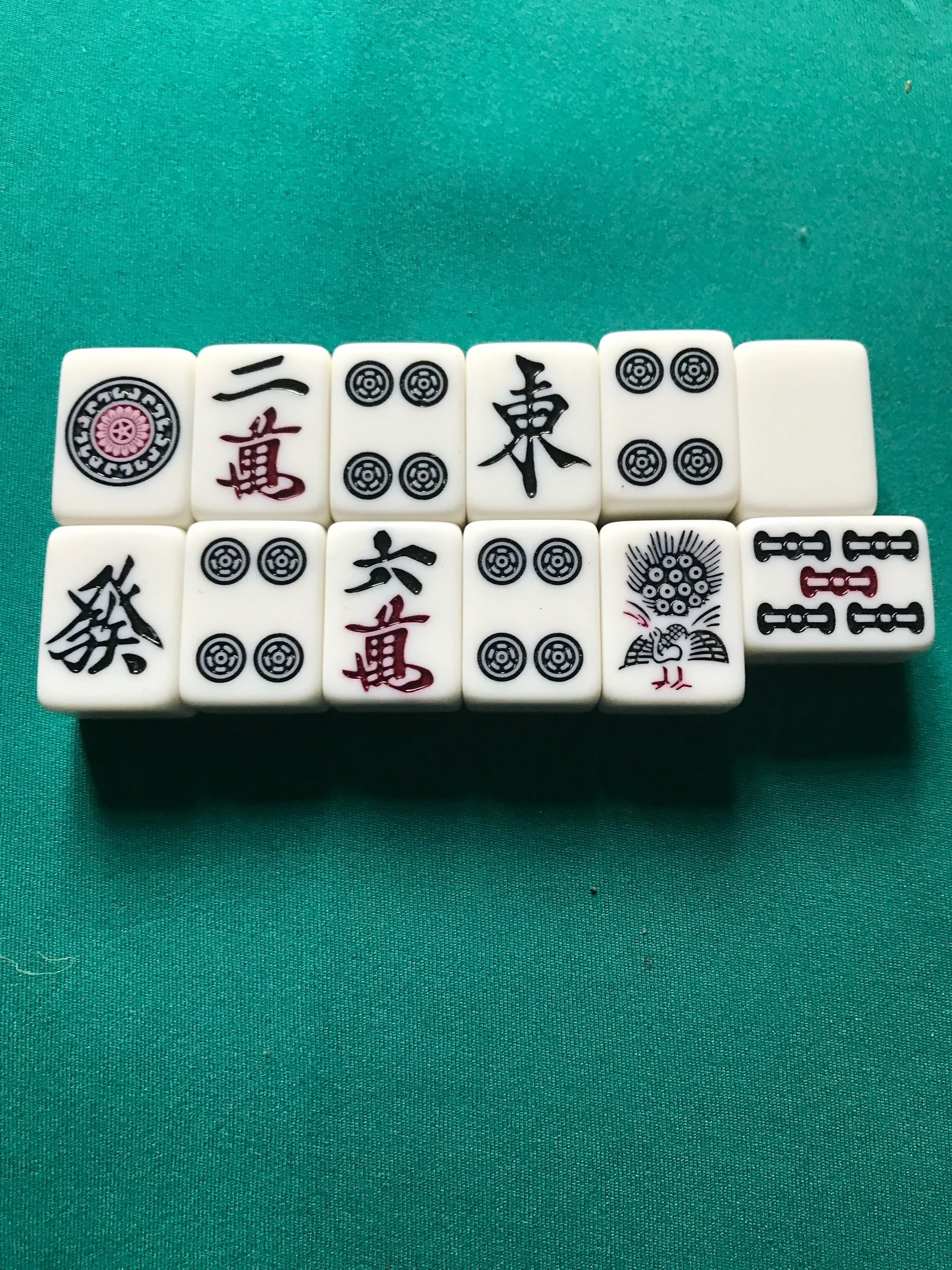Regulating your threat response
I’ve discussed the regression people see in their game results as they emerge from a beginner status and tentatively step into intermediate. The trigger is always learning how to defend.
All of those threats your beginner eyes were blissfully blind to are suddenly clear as day. You can’t believe how you were playing before! There is danger everywhere!
To validate your newfound sensibilities, the community values defensive play. An ‘aggressive player’ is a volatile player and a ‘defensive player’ is implicitly ‘good’.
Even if you have a great hand, the player opposite starts to make some moves and, hoping to be seen as a ‘good’ player, you start to fold.
I like to think this is an unregulated threat response. You’ may be over correcting because you’re overestimating the threat. The trick to really seat yourself in the strong intermediate category is adjusting yourself slightly back more toward the aggressive end of the spectrum.
The times I have seen over correction usually involve a potential flush hand on the table. It’s a relatively easier yaku to spot in an opponent’s discard pool so it’s often the first one early intermediate players can identify. It’s also an easy one to defend against, which means you feel the social shame from the two other players if you fold into ‘such an obvious flush’.
However, it can sometimes be okay to risk paying into it. Flushes are often not as valuable as people seem to behave around them.
If there appears to be a flush, try regulating your threat response by asking yourself the following:
1) Is it open? If it’s open it’s only worth two han. Closed it’s not only three han but could easily be four han+ so your response to fold is perfectly correct. If it’s open and you have a mangan plus, it might be worth pushing. But check the next two questions.
2) Is the player East? Paying into East is not only more expensive but you’re giving them a chance to hold dealership. If they’re East and open, they may be trying to go fast to hold dealer. I’d try not to pay in to frustrate their interests. However, if you have a big hand, then check the next question…
3) Where are the dora? Is the dora in that suit? If you can see them and they’re not in the open part of your opponent’s hand, great! That’s really reduced the estimation of that hand’s value. However, if dora is notable by its absence AND it is in that suit, it’s a definite possibility that the player has two dora or more and they’re trying to release that value by locking in their yaku. Your threat response is justified.
Dora not in that suit or already located? Flush is open and the player is obviously just going fast? YOU have a big hand and a good wait? Answer yes to these questions and it is time to dial in that threat response and put a little courage into your discards.


